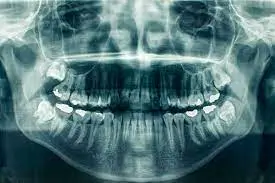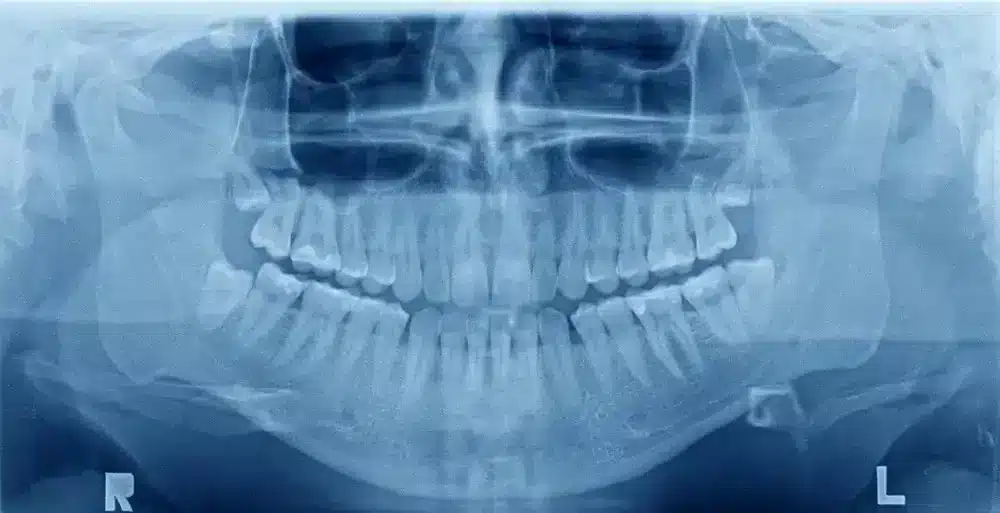Introduction: Revolutionizing Dentistry with Digital X-Rays
Over the past few decades, digital X-rays have transformed the way dentists diagnose and treat patients. Unlike traditional film-based X-rays, digital X-rays offer enhanced clarity, faster results, and more precise diagnostics. As a result, digital X-rays have become an essential tool in modern dentistry, enabling more efficient and accurate treatment planning.
In this article, we will explore how digital X-rays have revolutionized the dental industry, their key benefits, and how they improve patient care in today’s practice read more.
What Are Digital X-Rays?
Digital X-rays are a modern imaging technique that uses digital sensors instead of traditional photographic film to capture images of the inside of your mouth and teeth. The digital sensor sends the captured images to a computer, where they can be viewed immediately. This technology offers several advantages over traditional X-rays, including:
- Immediate results: Dentists can view images in seconds, eliminating the waiting time associated with film-based X-rays.
- Reduced radiation exposure: Digital X-rays use up to 90% less radiation compared to traditional X-rays, making them safer for both patients and dental staff.
- Improved image quality: The high resolution of digital X-rays allows for a clearer, more detailed image, making it easier for dentists to identify issues like cavities, infections, or bone loss.

How Digital X-Rays Enhance Diagnosis and Treatment
Digital X-rays provide several advantages in the diagnostic and treatment process. Some key benefits include:
- Early Detection of Dental Issues:
Digital X-rays allow dentists to identify problems early, such as cavities between teeth, gum disease, or infections that may not be visible during a regular dental exam. Early detection can lead to more conservative treatments and better outcomes. - More Accurate Treatment Planning:
The detailed images provided by digital X-rays help dentists plan procedures more accurately. Whether it’s placing a dental implant, performing a root canal, or fitting crowns, the clear images enable precise treatment and help avoid complications. - Better Communication with Patients:
Digital X-rays are not only useful for dentists, but they also help patients better understand their dental conditions. Dentists can display images on a screen, explaining the issues and treatment options in real-time, leading to more informed decisions and greater patient trust. - Tracking Progress Over Time:
By taking digital X-ray at regular intervals, dentists can track the progress of treatment, monitor healing after procedures, and ensure that any ongoing conditions are properly managed. This is particularly important for patients undergoing orthodontic treatment or restorative dental procedures.
Panoramic X-Rays: A Comprehensive View of Oral Health
A key advancement within digital X-ray is the panoramic X-ray, which captures a broad view of the entire mouth, including the teeth, jawbone, and surrounding structures. This type of imaging provides valuable information that can guide treatments for various dental concerns, such as:
- Impacted teeth (e.g., wisdom teeth)
- Jaw disorders (e.g., TMJ)
- Oral cancers
- Bone abnormalities
Panoramic X-ray are particularly helpful for planning complex procedures, such as dental implants or orthodontic treatment, as they provide a complete view of the patient’s oral anatomy.
Advantages of Digital X-Rays Over Traditional X-Rays
- Speed and Efficiency:
One of the most significant advantages of digital X-ray is the speed at which results are obtained. Traditional X-ray films require time to develop, whereas digital X-ray images are available instantly on the dentist’s computer screen. - Reduced Environmental Impact:
Traditional X-ray require chemicals for film development, which can be harmful to the environment. Digital X-ray eliminate the need for these chemicals, making them a more eco-friendly option. - Storage and Sharing:
Digital images can be easily stored, accessed, and shared electronically. This makes it easier for dentists to keep detailed records of patient care, share images with specialists, or consult with colleagues about treatment options. - Lower Costs:
Over time, digital X-ray can save dental practices money. While the initial investment in digital equipment can be high, it eliminates the ongoing costs of film, chemicals, and development. This allows practices to offer more affordable services to their patients.
The Future of Digital X-Rays in Dentistry
The technology behind digital X-ray continues to evolve. With advancements in artificial intelligence (AI), dental practices are beginning to use AI-powered software to analyze digital X-ray images. This technology can assist dentists in detecting potential problems faster and more accurately.
Additionally, innovations in 3D imaging and Cone Beam CT (CBCT) technology are enhancing the ability to visualize and treat complex dental conditions. These technologies allow for even more detailed, three-dimensional views of a patient’s mouth and jaw, providing a clearer picture of underlying issues.

Conclusion: Embracing the Digital Age in Dentistry
Digital X-ray have undoubtedly revolutionized modern dentistry, offering faster, more accurate diagnoses with minimal radiation exposure. With continued advancements in technology, digital imaging will likely become even more integral to the way dental care is delivered, improving both patient outcomes and the overall experience.
For patients, the use of digital X-ray means safer, more efficient dental visits with a clearer understanding of their oral health. For dentists, it means greater precision in treatment planning, improved communication with patients, and enhanced long-term care discover more.
